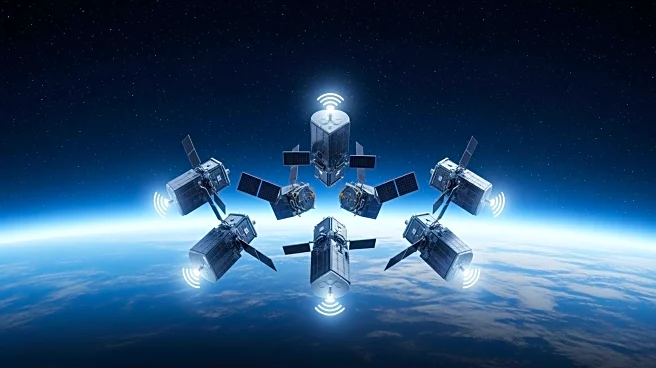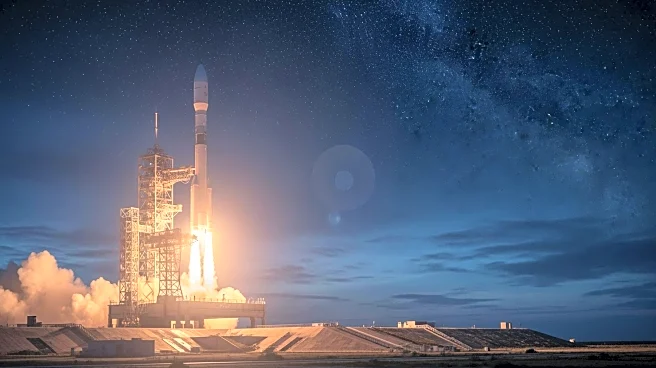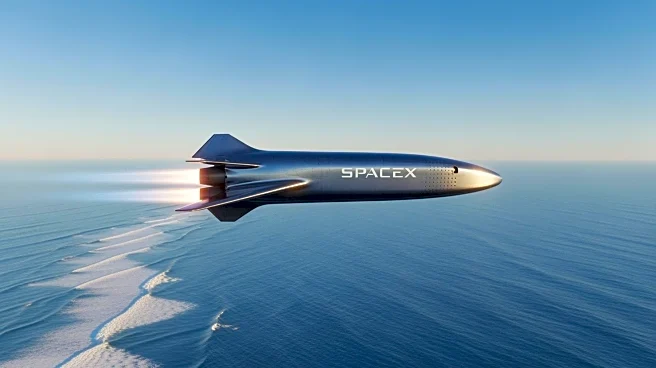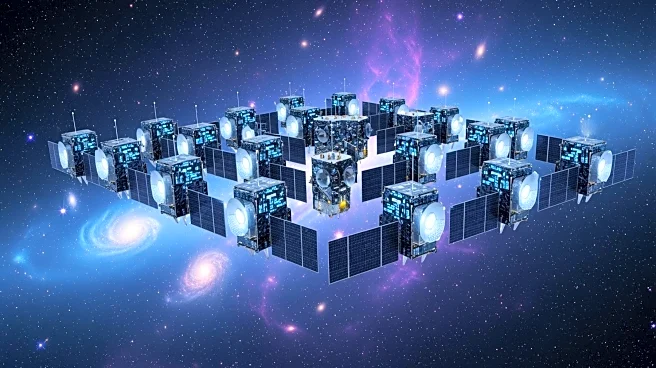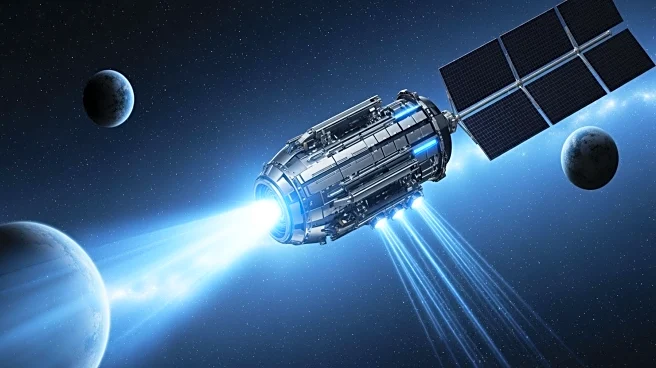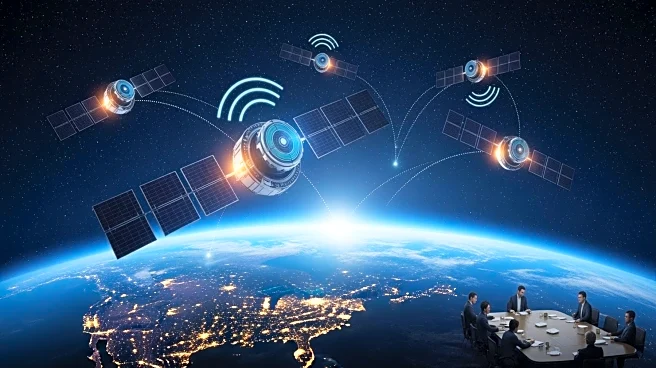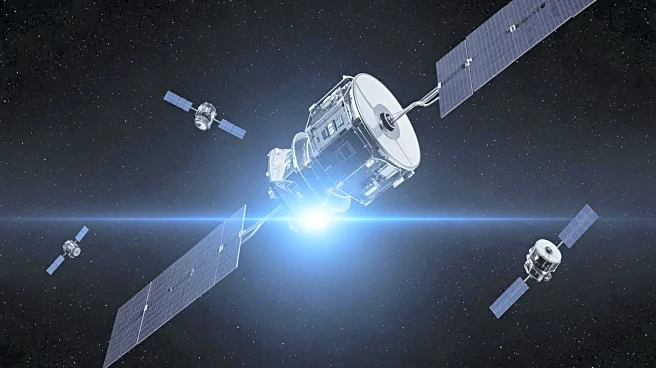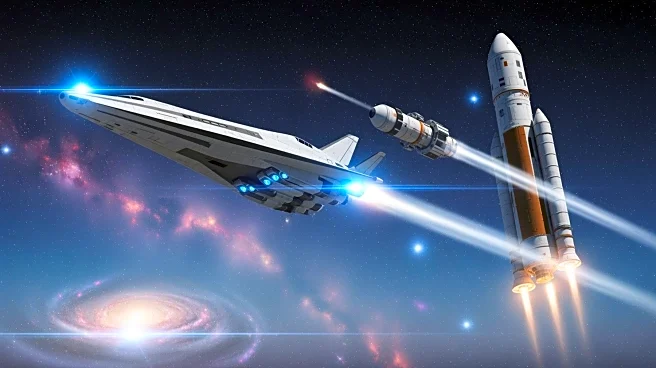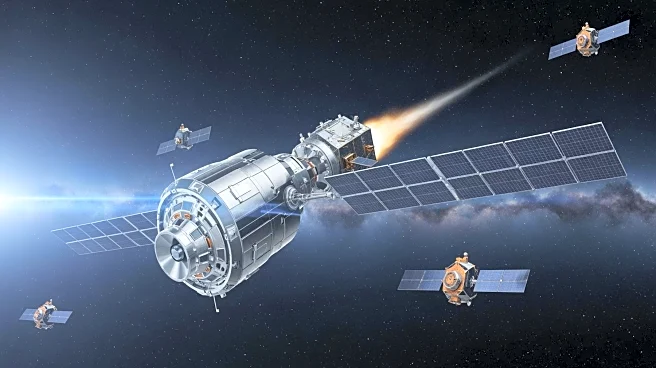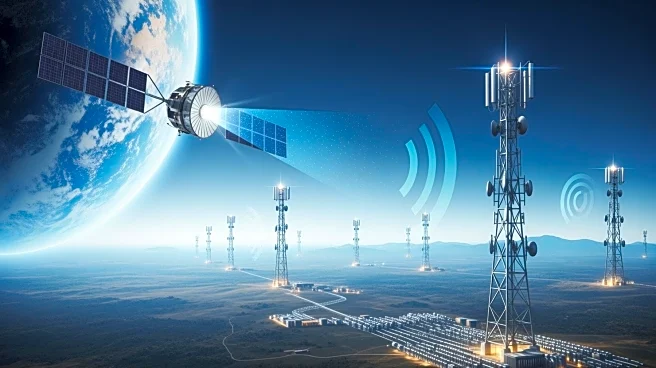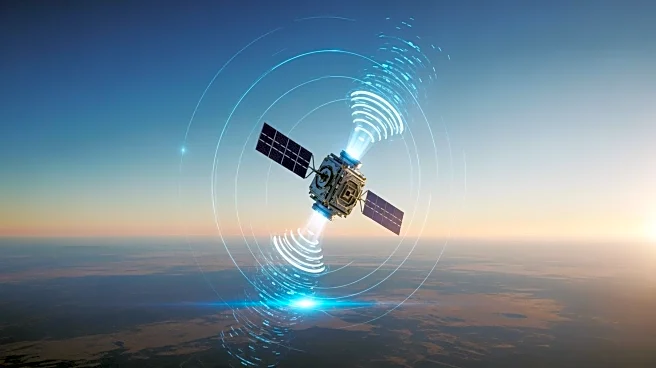What's Happening?
SpaceX has announced the V3 phase of its Starlink program following the successful splashdown of its Starship's 11th flight test. The new V3 satellites are significantly larger and more powerful, designed to offer gigabit internet connectivity to users
for the first time. These satellites are expected to provide 60 Terabits per second of downlink capacity, which is more than 20 times the capacity of the previous V2 Mini launches. The V3 satellites weigh over 4,000 pounds, posing a challenge for SpaceX in terms of launching them effectively. Currently, Starlink charges $165 per month for unlimited data connections, and there is speculation about potential price hikes with the introduction of the V3 satellites.
Why It's Important?
The introduction of V3 Starlink satellites marks a significant advancement in satellite internet technology, potentially transforming internet access in remote and underserved areas. By offering gigabit speeds, SpaceX aims to enhance connectivity and provide robust off-the-grid support. This development could impact the telecommunications industry by setting new standards for satellite internet services and challenging traditional internet providers. The increased capacity and speed may also influence pricing strategies and consumer expectations, potentially leading to broader adoption of satellite internet solutions.
What's Next?
SpaceX has not yet specified the launch date for the V3 satellites, indicating that further preparations are needed to accommodate their size and capabilities. As the company works on deploying these satellites, stakeholders in the telecommunications industry may react by adjusting their strategies to compete with the enhanced offerings from Starlink. Additionally, consumers and businesses in remote areas may anticipate improved internet services, influencing their decisions on internet service providers.
Beyond the Headlines
The deployment of V3 Starlink satellites could have environmental implications, particularly concerning nighttime sky pollution, which has been a challenge for Starlink. As SpaceX continues to expand its satellite network, there may be increased scrutiny from environmental groups and regulatory bodies regarding the impact on the night sky and astronomical observations.
